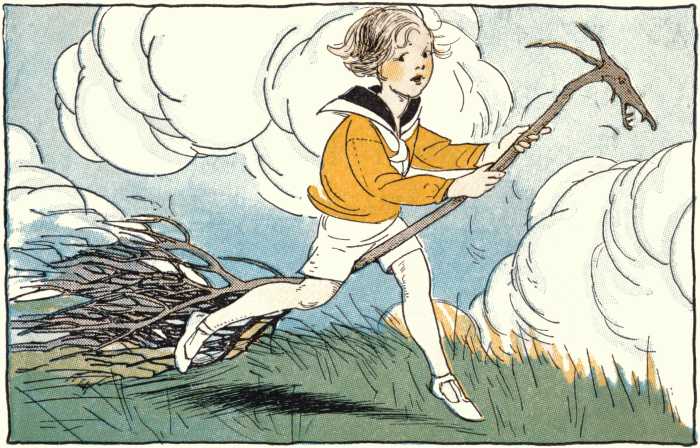 On Friday several key provisions of the Consumer Product Safety Improvement Act of 2008 took effect [CPSC release]. The permissible amount of lead in products dropped from 600 parts per million to 300 ppm, ensuring that more zippers, rocks, brass bicycle parts and other harmless items will fail; the new tracking-label mandate went into effect for newly manufactured kids’ goods; and penalties went way up, from a maximum of $8,000 per violation to $100,000 per violation and $15 million overall.
On Friday several key provisions of the Consumer Product Safety Improvement Act of 2008 took effect [CPSC release]. The permissible amount of lead in products dropped from 600 parts per million to 300 ppm, ensuring that more zippers, rocks, brass bicycle parts and other harmless items will fail; the new tracking-label mandate went into effect for newly manufactured kids’ goods; and penalties went way up, from a maximum of $8,000 per violation to $100,000 per violation and $15 million overall.
The Associated Press has good coverage. It talks to, among others, Michael Warring, president of American Educational Products, a producer of teaching aids such as globes, maps and animal models based in Fort Collins, Colo. who says he has had no safety recalls or lead problems in his fifteen years of business, but says new testing mandates will cost $2,000 per product item, not counting the costs of tracking labels. The AP story even runs on the New York Times website, thus eroding that paper’s impressive record of shielding its readers from information on the law’s consequences. The WSJ news side quotes new CPSC chairman Inez Tenenbaum as saying the law will be enforced “vigorously”, following similar language in an interview last month (“Tenenbaum said the industry has had adequate time to prepare for the new requirements;” more).
The Washington Times’ editorial gives generous credit to this website for sounding the alarm:
For a year, the Manhattan Institute’s Walter Olson has been compiling horror stories about the Consumer Product Safety and Improvement Act at his Overlawyered blog. Those stories — about what Mr. Olson describes as an “absolutist, not to say fanatical” law — seem to be endless. Yet an out-of-touch Congress continues to ignore the horrible fruits of its handiwork.
The Wall Street Journal editorializes:
Eight bills have since been introduced in the House to remedy the problems [with CPSIA], only to stall in the ideological quicksand of Mr. Waxman’s Energy and Commerce Committee. He has so far failed even to hold hearings.
Greco Woodcrafting has a small toymaker’s perspective.
Deputy Headmistress is irritated by certain blog commenters whose reaction on learning of this law is, “Nobody will enforce it, there has to be a way around it, if you don’t find a way around it you’re too dumb to be in business, it doesn’t mean what it says, they’ll have to take care of it, obviously this wasn’t what the law was for so don’t worry about it, this is just scare-mongering, try this loophole, that other loophole should work…” She also wonders in what sense the law’s consequences should count as truly “unintended”.
Some more background coverage, previously unlinked: Andrew Langer (Institute for Liberty), Roll Call; H. Sterling Burnett and Michael Hand, “Getting the Lead Out Kills Small Businesses, Doesn’t Save Children”, National Center for Policy Analysis #665; Jennifer Upton, Louisville Courier-Journal and Kentucky Kids Consignment Sales. And Hugh Hewitt’s audio interview (auto-play) with Rick Woldenberg comes highly recommended; some print excerpts here [NAM “ShopFloor”].
Public domain image: Grandma’s Graphics, Ruth Mary Hallock.
Filed under: CPSIA, CPSIA and Congress, CPSIA and toys
 A fine hearing/My friends, this is… Rep. Waxman’s plan for a dissent-free panel this Thursday (Sept. 10) is to call as the only witness CPSC chair Inez Tenenbaum, to talk up the merits of the law and her efforts as new steward of the agency. It’s not as if the law’s controversial or anything! The Handmade Toy Alliance wonders whether he’ll get away with it.
A fine hearing/My friends, this is… Rep. Waxman’s plan for a dissent-free panel this Thursday (Sept. 10) is to call as the only witness CPSC chair Inez Tenenbaum, to talk up the merits of the law and her efforts as new steward of the agency. It’s not as if the law’s controversial or anything! The Handmade Toy Alliance wonders whether he’ll get away with it.
 On Friday several key provisions of the Consumer Product Safety Improvement Act of 2008 took effect [
On Friday several key provisions of the Consumer Product Safety Improvement Act of 2008 took effect [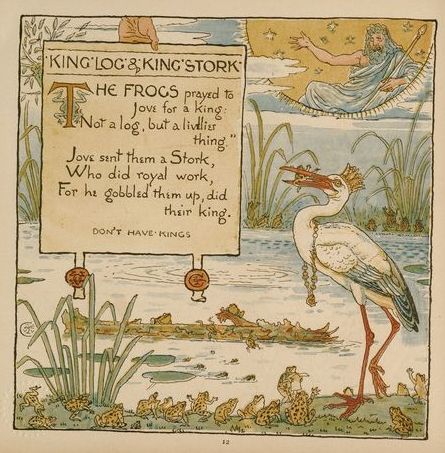
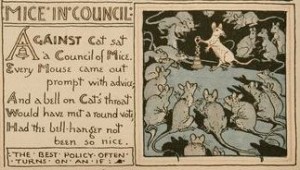
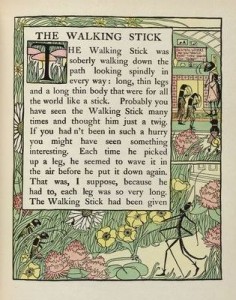
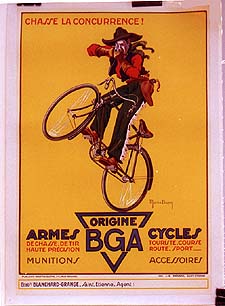
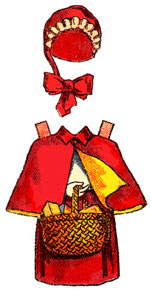
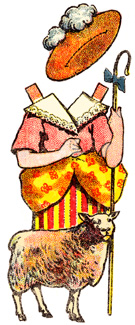
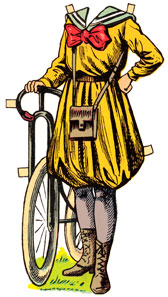
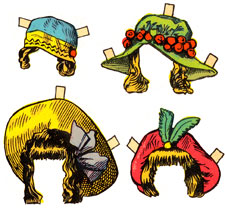

 Which particular decisions, one wonders, would have turned out differently had some new appointee been installed in the vacant third seat, as Rep. Henry Waxman is reputedly demanding as a precondition for even considering hearings on the law? Woldenberg makes the same point today in a Chicago Tribune
Which particular decisions, one wonders, would have turned out differently had some new appointee been installed in the vacant third seat, as Rep. Henry Waxman is reputedly demanding as a precondition for even considering hearings on the law? Woldenberg makes the same point today in a Chicago Tribune